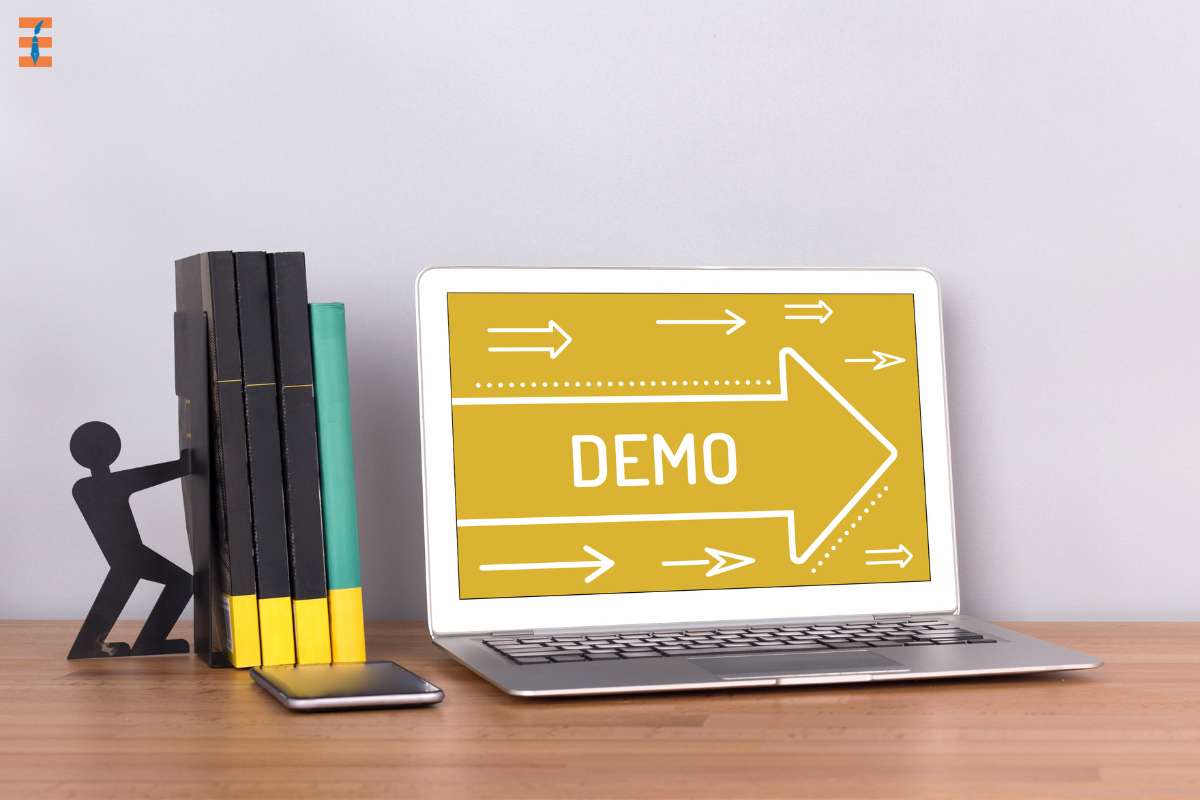Projects are often used by educators, but how productive are they really? Projects are an excellent approach to evaluating student progress and exposing them to new perspectives. The instructor and the students alike may bring their own unique perspectives to the table during these activities, making them all the more valuable.
However, the projects most of us are familiar with are not what is meant by the phrase “project-based learning.” It’s an approach to education that makes use of projects spread out over a longer time frame to accomplish pretty lofty scholastic objectives.
In project-based learning, the project is integrated into the curriculum and the teaching, rather than being used as a standalone culminating activity at the conclusion of a unit or lesson. The training takes place in the course of the project itself, and it focuses on the fundamental skill of problem-solving. Students not only learn about a subject via project-based learning, but also develop their analytical, interpersonal, and eloquent abilities. These targets may seem ambitious at first, but that’s why work on these kinds of projects is often stretched out across many stages.
Do you find that to be too much? Don’t fear; properly implemented, project-based learning may provide fantastic results for kids and give them real agency over their own education. In addition to piquing students’ interest in previously unfamiliar topics, this kind of instruction may help them develop crucial long-term abilities.
5 Steps to Get Started With Project-based Learning:
1. What is the goal?
Where do we even begin? What exactly is it that you want your pupils to take away from this experience? Get specific with the results you’re after so you can map out a strategy to get there. Here, we’ll use the make-your-own-nation scenario described in our post on project-based learning strategies.

Let’s assume that the first stage is for pupils to get an understanding of the many components that go into making a nation, such as its government, economic strategy, and so on. These are substantial ideas, therefore this approach will work well!
2. Choose a specific problem or question
Problem-based and inquiry-based learning is at the heart of project-based education. Returning to our example, suppose the inquiry is, “What do the different kinds of governance look like and how do they function? What do the different types of economic systems imply, and which one do you think would be the most compatible with the government that you favor? Yet again, we’re dealing with weighty issues and questions. The benefit of this approach to education is that lessons are more easily absorbed and retained by students. Students will be able to dive into the material and explore it with a level of autonomy that would be lacking in more conventional approaches, like a highly formal lecture.
3. Plan and facilitate the process
It is time to start organizing your project. While getting ready for the task, think about the following questions:

- In order to complete their assignment, your pupils will require what materials?
- How can we best communicate the study and its findings?
- Is there a particular kind of format that would be most suited to the issue or query you’re tackling?
- How long will the process take, and what criteria will be used to evaluate progress?
- Due to the collaborative nature of project-based learning, it is important to keep this in mind when you develop your lesson plans.
The students in our make-a-nation-from-scratch scenario would require easy access to credible sources for their study. This can need scheduling computer or tablet time at your school. You could also compile useful materials to hand out to students or use in a quick session on effective Internet research strategies. You should outline how much time will be spent on study.
As an alternative, you may provide context for the kids, especially the younger ones. Students should then be given the chance to evaluate and argue the relative merits of the various political and economic systems that they have been exposed to. How would they convey the data after they have decided on a type of governance and economic system for their country? Posters? Proposed slide shows? Videos? Perhaps there are kids who have the imagination and drive to design a flag, national song, and other symbols for their country.
Last but not least, and this should go without saying, provide pupils with a set of criteria by which their work will be graded.
4. Demo time!
It is now time for the pupils to demonstrate their understanding of the material. I think it’s important for students to share their work with the rest of the group after they’ve completed it, no matter what the subject. They may use this opportunity to hone their public speaking and listening abilities. It’s a great way for pupils to pick up knowledge from one another. Go through some essential presenting skills with the students in advance (speaking clearly, keeping eye contact, inflecting one’s voice, etc.) and remind the students how to be a good audience.

The actual finished product, the proof of learning, and supplementary abilities like collaboration, problem-solving, and communication should all be evaluated using the criteria you’ve established. It is possible to evaluate students’ progress toward these goals (such as collaboration) by seeing them while they create their projects and again when they present them. Students might submit “vertical slices” at various points in the project with peer reviews. Then, with the help of the rubric, you may evaluate the completed presentation in front of the class.
In order to give everyone a voice, it’s important to remind organizations to split the presentation evenly. An alternative is to require students to participate in the presentation in a way that does not involve public speaking. An individual student may, for instance, be in charge of the show’s infrastructure or the production’s visual effects. Students should work out the specifics of their group’s contributions and duties, get teacher permission, and include that information in their final submission.
5. Reflection
Reflection is an integral part of project-based learning (or lack thereof). As educators, we need to develop the practice of requiring post-lesson or post-project reflection so that students may evaluate their own work and improve for the future. Students might remark on their project’s production and presentation by writing a brief statement or filling out a checklist as an “exit slip” for the class. They could also consider writing about how they might change or enhance their performance in the future.
These introspections may be as simple or complex as you wish. Students may choose to create a written report or a short podcast in which they reflect on their learning. Whatever the situation may be, students should share their insights into the topic at hand, as well as their progress in developing their presenting and collaborative abilities. It’s a good idea to have pupils make objectives that they can really achieve before moving on to the next course.
Conclusion:
Project-based learning is an innovative way of modern educational practices within and outside the classroom. Students are supposed to work on a particular project for a specific time in it which improves the partnership between teachers and parents. Ultimately it is a win-win situation and before implementing project-based learning you must understand the above-mentioned guidelines.
Also Read: 8 Benefits of Project-Based Learning










